Huw’s Hungry Gap Salad
If you’ve seen his video on becoming self-sufficient year round in salad, then you’ve likely spotted this rather fine salad. Whilst the theme of the video is to freestyle it yourself based on what’s available in your garden, I thought it would be a nice idea to share a step by step on what we did as well as the fundamental building blocks on how we approach salad making (with some tips on what you can swap in and out throughout the year).
P.s. I hope you like the bowl. I made it.
Simple and Tasty
There are a handful of key steps to making any salad you like incredibly tasty. Whether you’re making a potato and chive salad, a roasted squash salad, something light and lettucy, or charred broccoli, if you follow these steps it will work every time (and you’ll never need to follow a recipe again).
Bulk
Find your bulk ingredient. This can be anything you have plenty of, and can be cooked or kept raw. Our three favourite ways to prepare ingredients are steamed, charred, pickled or raw.
If you don’t have enough of any one crop to make a full salad then mix it up. Even if you do have enough, diversity is key so go wild. The most important thing about selecting your ingredients is that they’re fresh and tasty, the rest is easy.
Aromatics
A huge amount of our enjoyment of food comes from our nose rather than our mouth/tongue. So find one or two ingredients that really stimulate your sense of smell. These can be herbs or spices, but also alliums and smoked ingredients.
Dressing
The most important part about dressing is fat. Fat captures aroma. So all those lovely smelly ingredients you have in your aromatics are about to explode when you mix* them with your dressing. But fat by itself can be pretty heavy, so we balance it with something acidic. A classic salad dressing is 1 part vinegar to 3 parts oil, but you can think outside of the box with ingredients like yoghurt (which is a fat that’s naturally acidic due to fermentation) or mayoneisse (which is emulsified).
*This mixing can mean literally (herbs in yoghurt, chives in oil etc) or it can mean mixed during the act of chewing.
A Flourish
Never underestimate the power of colour. Be that rainbow chard, flower petals, or grated beetroot. Adding colour to your salad will please the eye and gets you in the right frame of mind to really enjoy your meal. Why do you think chefs put so much effort into how a dish is plated up?
Season to your heart’s content.
Huw’s Salad Recipe - Serves 2
8 Florets of purple sprouting broccoli
10 Florets of Austarian tree cabbage
5 Chard leaves
5 Spinach leaves
5 Small radishes
2 Handfuls of wild garlic
3-4 Nettle tops
150ml Olive oil
1tsp Cider vinegar
A pinch of smoked sea salt
Rosemary blossom
Nasturtium petals
Step 1.
Light a fire or get a grill pan super hot on a hob. Press the purple sprouting broccoli against the hot surface to maximise contact and char it without any oil.
Give it 1-2 minutes each side, then let it cool.
Step 2.
Crush the wild garlic, nettles, oil, salt and vinegar in a pestle and mortar until broken down. It helps to use a twisting motion as this breaks up the leaves quicker (or use a blender).
Step 3.
Chop up the remaining ingredients as finely as you like and toss them all together in a large bowl. Dress with the wild garlic dressing and sprinkle with flowers.




